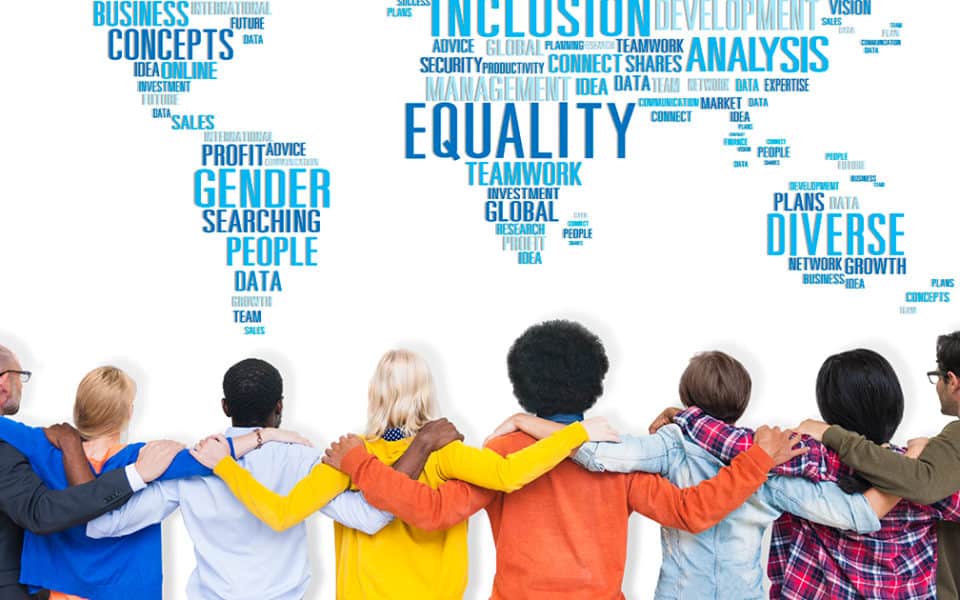
If your organization doesn’t already have a diversity, equity, and inclusion (DEI), it should. Like mission and vision statements, a DEI statement provides a guiding principle for your company to aspire to. When you define your commitment to DEI, it helps direct the company’s actions toward success. Every decision you make, from the smallest choices to the largest strategic plan, should support your overall mission and your DEI commitment. It also can help illustrate your organization’s commitment to fostering a welcoming workplace that celebrates differences.
What is a DEI Statement?
A DEI statement translates your values and demonstrates your pledge to an inclusive and equitable workplace. Your DEI statement shouldn’t be just a section on your website (although it should be prominently displayed there), or a subheading in your annual report. It should be core to the direction of the organization.
Creating a DEI statement begins with examining your values. What do you want to say about your company? What do you want your employees and the marketplace to know about your commitment to DEI? Translate these values into a statement. It sets the foundation for what you want everyone to know and believe about your company. Make sure to reflect the values you hold and demonstrate them daily.
Here are some suggestions for what your statement should include:
- The text of your statement should outline your goals and the steps you take to achieve them. If your team is as varied as your products or services, make sure to include that in your statement. If you’re a global organization, include language about your global reach.
- Many companies include their commitment isn’t just words on paper, it’s everyone’s pride and responsibility. Such a statement signals that inclusion is everyone’s job and employees are expected to be a positive force in a welcoming and inclusive work environment.
- Use positive language that offers a sense of purpose in your statement. Use words like “welcoming,” “celebrate,” “innovation,” “equity,” “promote,” “individuality,” etc. Set the tone for a statement that values inclusion and differences and seeks out opportunities for growth.
- Cite specific actions your company uses to build and promote diversity and inclusion. Equity data, information on outreach efforts and initiatives, and more can illustrate your business walks the talk when it comes to DEI.
How to Utilize a DEI Statement
Once you’ve created your statement, you’ll want to prominently display it throughout your organization — physically and virtually. Here are some suggestions:
- Your website should have a link to the full statement either in your “About Us” section or as a standalone link. You’ll want the information to be easily accessible to readers: don’t bury it, place it with pride.
- Every job posting and job description you place should include your commitment at the end of the post. Candidates want to work for an organization that mirrors their values and beliefs.
- Don’t just relegate your commitment to communications. Prominently display the statement in your physical space, as well. The reminder to employees and guests illustrates that you walk the talk.
Make it a Team Effort
Your employees should help brainstorm the statement. To supplement it, you can look to online resources for things you should or could include.
Put the Statement into Action
Once you’ve created your DEI statement, make sure to turn it into actionable steps in the workplace:
- Conduct a benchmark analysis to establish baseline metrics on where you’re doing well, and where you need to put in more effort
- Create a communication plan that informs all employees of your statement and the role we all play in helping achieve goals
- Train management staff to incorporate the principles into everything they and their staff members do
A DEI statement is just the beginning. It’s a stepping-off point to create a workplace that celebrates and benefits from differences. For more, visit our DEI Resource Center.